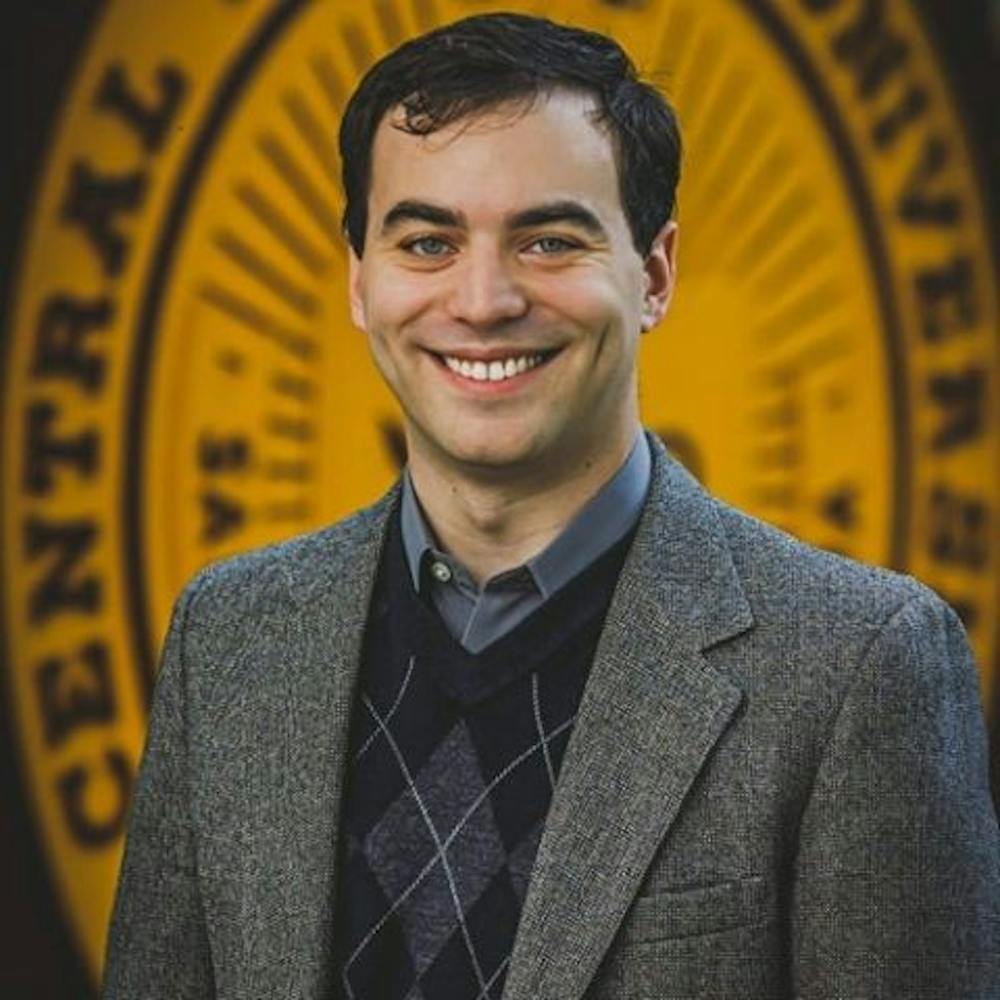GUEST COLUMN: A reflection about the fire at Notre Dame in Paris
As many of us had seen and heard of the fire that had erupted last week on the 12th-century cathedral of Notre-Dame de Paris, it leaves this historian with a heavy heart.
Many can reflect on going to visit this magnificent structure and look at the beauty of what the people of our past had envisioned to show the greatness of their community. The Middle Ages had many constructions of massive cathedrals, churches, basilicas, castles, palaces and so much more. When one thinks of the Middle Ages, they often refer to the "Monte Python and the Holy Grail" film. Yes, peasantry and farm villages were a crucial point, and if I had 1000 more pages to this, I could write a short history for you on that. The main viewpoint of this column is for us to examine what has happened and remember how vital these historic structures are to the culture of Western Civilization.
Why this cathedral for instance? Why is this such an essential structure for us to worry on or even dwell on? It is necessary as over the centuries Notre Dame has become an iconic landmark for the European world. Granted what helped its rise in popularity is the 1831 publication of "The Hunchback of Notre-Dame" by Victor Hugo.
Why isn't Westminster Abby or St. Paul's Anglican Cathedral in England of the same grandeur or importance of this cathedral? It all has to do with age. Westminster and St. Paul's, are from different centuries. Westminster's current structure is from the 13th-century and St. Paul’s is from the 17th-century. These are just two examples of many more that could be used.
The age of Notre Dame is essential and as crucial as it is, (I am going to refrain from was for now), it's a glimpse of the past for French church architecture. Many music historians also argue that this cathedral was also the site of the foundations of Western music. Some of the earliest forms of polyphony had been written and composed there. The early church composer Pérotin was a composer and musician at the cathedral from 1160-1250. The list of achievements and people involved in the cathedral could go on for pages.
This disaster is not the first time this cathedral has seen damage or destruction to it. The French Revolution in 1790 took its toll on the cathedral with a lot of its religious imagery destroyed or damaged, the converting it to stables, and the spire that we all watch burn, be torn down. Later in 1804, this was the site of the Coronation of Napoleon I when he coronated himself and his wife after taking the crown out of Pope Pius VII hands.
To bring in some prevailing sentiment, many are mourning the current loss of this French landmark. I mean this is the cathedra (Latin for chair) or Bishops Throne of the Archdiocese of Paris. Archbishop Alexander K. Sample, archbishop of Portland, Oregon and former bishop of Marquette, MI, posted a beautiful quote on Facebook reflecting on the Cathedral. He stated, "Our prayers are with the people of Paris as the iconic Notre Dame Cathedral is burning. Our beautiful churches and Cathedrals point to the glory of our God and His creation. As we enter this most Holy Week of the year in preparation of Easter, we rest in the peace of the Resurrection and know Christ will console us in our most terrible times."
As churches in the time period that Notre Dame was built, reflected or emulated the beauty of God, this tragedy should reflect on Christians or all people coming together. Being there for their neighbor and helping those in need. Remember Notre Dame has more than 400,000 members. That is a faith community that is grieving just as much or even more than the rest of us. Keep them in your thoughts as we are ending this semester. Remember history is essential. Even at the loss of a magnificent structure, the account will always be there through those who read and write on it.
If we do not study the past, it will disappear.







